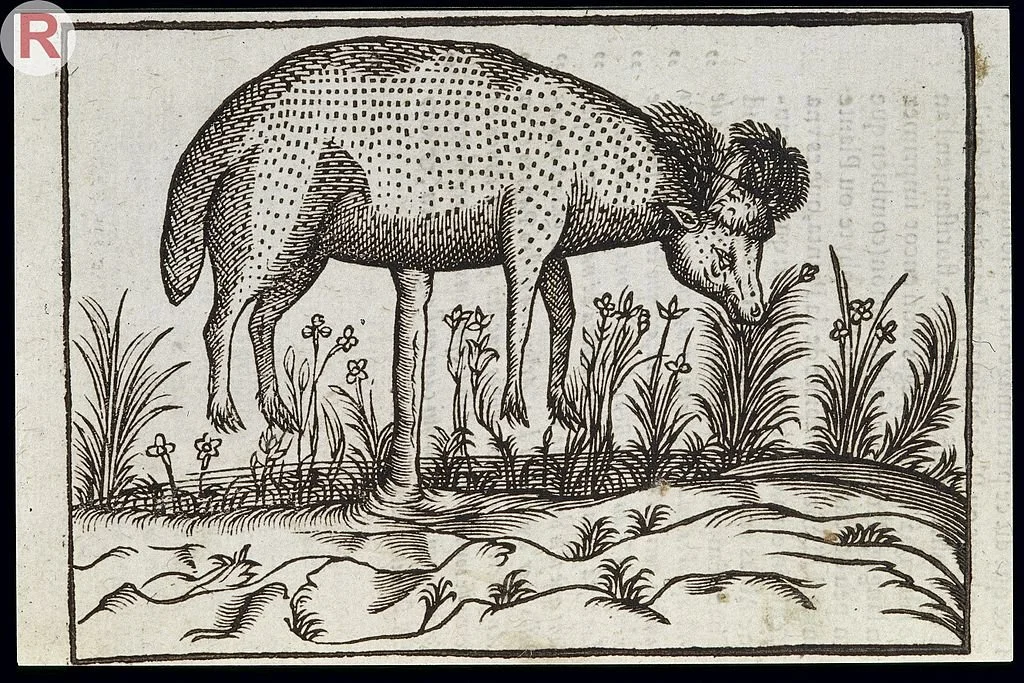Do you remember the ad for Memorex video and cassette tapes that aired in the 1970s? It showed the late great Ella Fitzgerald breaking a glass with her pitch perfect voice, and was followed by the catchy jingle “is it live, or is it Memorex?” Here’s the ad, to refresh your memory.
Today’s page of Talmud mentions the ability of roosters, horses and donkeys to shatter glassware and pottery with their cries:
בבא קמא יח, ב
תא שמע דתני רמי בר יחזקאל תרנגול שהושיט ראשו לאויר כלי זכוכית ותקע בו ושברו משלם נזק שלם ואמר רב יוסף אמרי בי רב סוס שצנף וחמור שנער ושיבר את הכלים משלם חצי נזק
Come and learn:Rami bar Yechezkel taught a Baraisa that states: If a rooster put its head into the hollow of a glass vessel, and cried out and broke it, the rooster’s owner pays full damages. But Rav Yosef said that they say in the academy of Rav: if a horse neighed or a donkey brayed and broke vessels with the noise, the animal’s owner pays only half damages..
Rashi is very clear (and this does appear to be the plain meaning of the Talmud) that these cases do not refer to damage that was caused by the animal’s body, but rather by its voice.
ותקע בו ושברו. שנבקע הכלי מחמת הקול:
סוס שצנף ושיבר כלים. בקולו וכל הני צרורות נינהו דכחו הוא
Which raises the question: can you actually break a glass with your voice – and can animals do so?
How to shatter a glass with perfect pitch
It would appear that Ella Fitzgerald’s Memorex feat was achieved by sleight of hand – she did in fact break the glass, but her voice was amplified. Which is kind of cheating. But as The Scientific American explained, this trick should be physically possible:
Every piece of glass has a natural resonant frequency—the speed at which it will vibrate if bumped or otherwise disturbed by some stimulus, such as a sound wave—as does every other material on Earth. Glass wine goblets are especially resonant because of their hollow tubular shape, which is why they make a pleasant ringing sound when clinked. If a person sings the same tone as that ringing note—a high C in legend but in reality the matching pitch could be any note—the sound of her voice will vibrate the air molecules around the glass at its resonant frequency, causing the glass to start vibrating as well. And if she sings loudly enough, the glass will vibrate itself to smithereens.
But singing the correct note does not guarantee breaking the glass. For that to happen, there needs to be microscopic defects in it that will buckle and fracture under pressure. The volume can help a lot too (hence the amplification in Ella’s Memorex commercial), because the louder the note, the more forceful the pressure exerted on the glass molecules.
The ability for a human voice to break a glass – usually a wine glass – was considered by many to be an urban legend, but it is in fact perfectly feasible. If you are a trained opera singer. In 2005 the entertaining television series Mythbusters dedicated an episode to exploring the myth, and concluded that it is indeed possible. In so doing, the show provided the first documented evidence that a natural, un-amplified human voice can break a glass. It took twenty attempts, and a voice that reached 105 decibels (that's louder than jackhammer) and could hit a perfect 566 Hz. Here's a montage that recaps the attempt. If you are impatient, fast-forward to minute 2.05
All of this raises the question: how on earth could a braying donkey or crying rooster achieve the same feat? It takes incredible volume, a perfect pitch, and close proximity to be able to pull of a stunt like that. Perhaps that's why the Baraisa noted that the rooster would have to have put its head inside the hollow of the glass vessel (שהושיט ראשו לאויר כלי זכוכית). But even so, there's the volume and pitch thing. Given what we know about the difficulty in shattering a glass with the human voice, talmudic donkeys and roosters must have had incredible musical talent. Or perhaps the pots and glasses used in the talmudic era tended to break much more readily than do ours, and the animals were convenient to blame.
It's too bad that the 282nd episode of Mythbusters, which aired in March 2016, was its last. Perhaps it could have replaced Jaime Vendera, the vocal coach who broke the glass, with a couple of chickens and a donkey. Now that would be worth watching.







